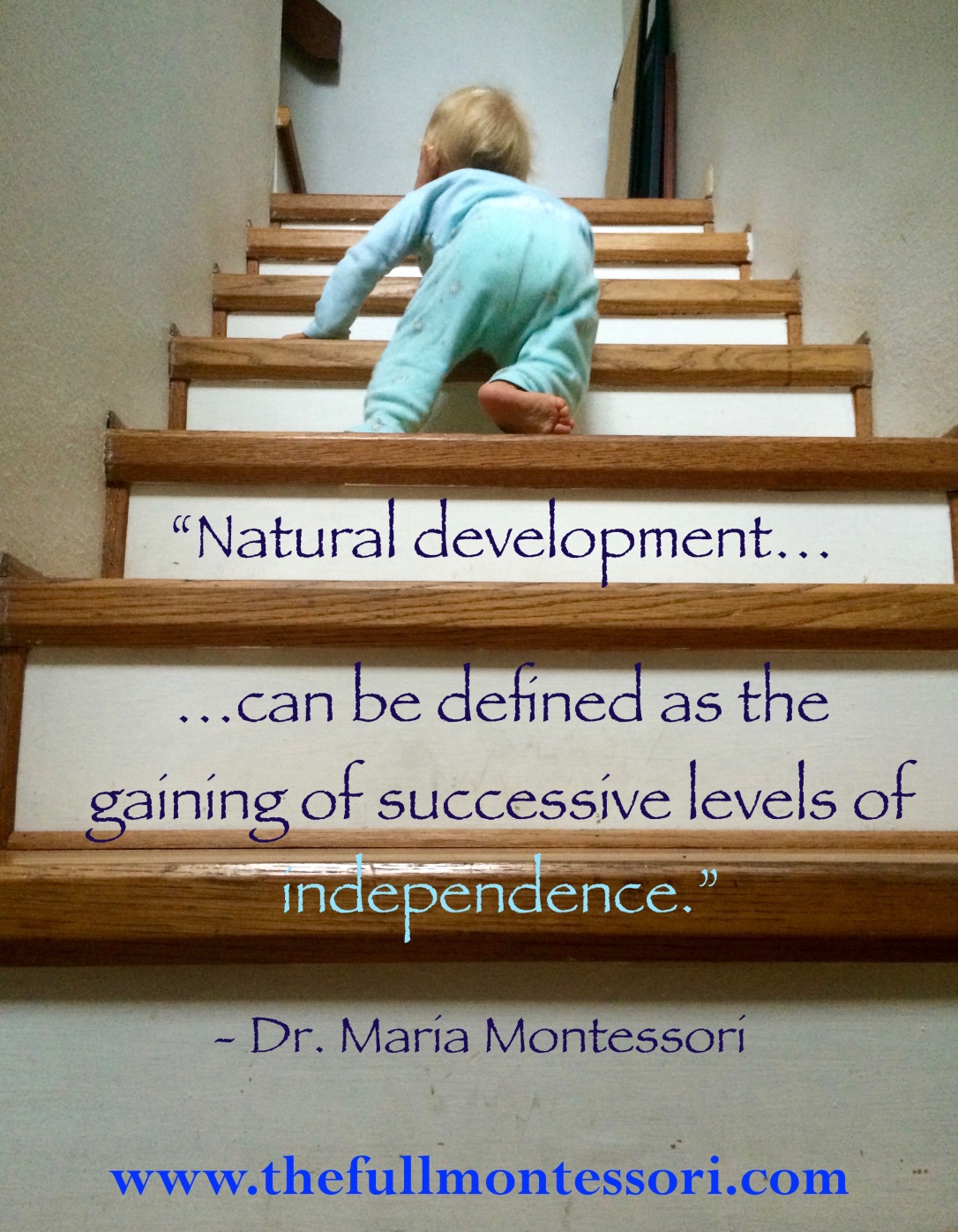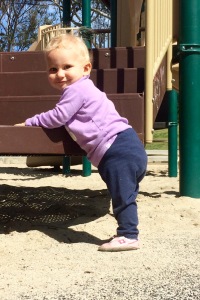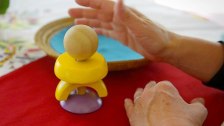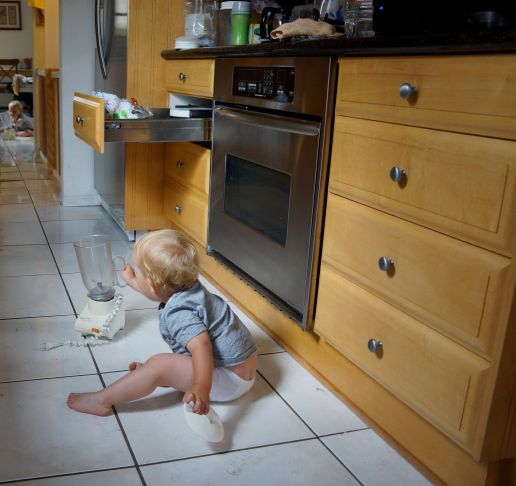Warning: This post uses the word “poop”. A lot. It’s a post about toddlers and Montessori and early toileting awareness. You’ve been warned.
There’s been some press lately about elimination communication (aka, early toileting awareness): the practice of identifying your baby’s signals for pooping and peeing and taking them to the potty to eliminate. The moms that are interviewed for these pieces (or at least the way the articles and videos are edited) make it sound like it’s a walk in the park: Your baby makes a funny sound, you put them over the potty, and they pee or poo quickly and peacefully. You soon develop a routine, and life becomes a crunchy diaper-free dream.
I don’t doubt that some babies take to eliminating on the potty with ease, just like I don’t doubt that some infants start sleeping through the night at 8 weeks old. But for most of us, the path to our child’s toileting independence (just like the road to a full night’s sleep) is bumpy, winding, and often discouraging.
The only way you and your child will develop a successful relationship around toileting is if your expectations are in line with reality. And the reality is that, in most cases, early toileting awareness requires A LOT of hard work, dedication, and patience.
The first time I put Zach on the potty, at 7 months old, he peed. I was so excited, I took a picture of the potty and its contents and sent it to my husband. (Oddly, he was not amused.) I continued to “catch” a few pees here and there, but it took Three. Long. Months. before my son realized that poop also goes in the potty (which coincided with his ability to pull up to a standing position).
And just because he understood where poop went didn’t mean it always made it there. He often waited until I helped him off the potty and then decided it was the perfect time to poop – on my hands, my pants, his pants, the floor, my shoes, his shoes, his blanket, a book… You name it, and chances are it has been covered in poop at some point.
And the whole “communication” thing? Well, I was never able to identify a special cry, grumble or grunt, so I just set up a schedule around his naps and meals. Zach started communicating his elimination needs at around 14 months old (using sign language), but most of the time he would let us know AFTER the fact. As if the puddle around his feet wasn’t a clear enough sign.
We used a combination of cloth diapers when we were at home and disposables for going out, until he turned one. At that point I sucked it up and replaced the cloth diapers with cotton training pants. And at around 15 months we dropped the disposables completely (for daytime).
“You’ve saved so much in diapers,” my friends coo enviously. Yeah, um, no. What I’ve saved in diapers I’ve spent in pants (and detergent, and water, and electricity), because sometimes he’d go through seven pairs of pants in one day. Changing wet underwear? Not fun. Changing poopy underwear? MAJORLY not fun.
Then comes the challenge of getting your child to sit – and stay – on the potty. The first few weeks were easy, but then the novelty wore off and Zach realized he could arch his back and refuse to sit. We tried books, singing, and toys. When he wanted to sit, he would stay on the potty for-freaking-ever. And when he was feeling willful, there was no power on earth that would change his mind. And then he’d pee and poop on me for good measure, before I had a chance to put his underwear back on!
Then there’s traveling with the potty. And the dog who ate the poop from the potty. And hours on your knees singing “The Itsy Bitsy Spider” next to the potty. And ALL the people who think you’re nuts because your life revolves around a darn potty.
But then one day, before your child is even two years old, it hits you. There’s rarely a wet pair of pants anymore. And when you’re stuck in traffic and your toddler needs to poop and you tell him to hold it until you get home… He holds it. And you see the quiet self-confidence that develops within your child when he is allowed to exercise his free will, experience consequences, and learn from them, all the while knowing that there’s a loving adult by his side, never judging, just waiting.
And you realize it’s ALL been worth it. Every single stinky, poopy, knee-busting, back-breaking moment.
Will I do it again if I have another child? In a heartbeat.
Am I looking forward to it? Not so much.
And there you have it: The truth about early toileting awareness. When it’s good, it’s very very good. And when it’s bad… It’s still worth it.
Enjoy? Then please share!
 Many parents like to help feed or dress their children, even when the children become capable of doing it on their own, because they feel it’s a way of showing love. While parents who follow the Montessori philosophy understand that it’s important to support their child’s budding independence, they sometimes don’t know how to channel their affection in a way that’s helpful to their child’s development!
Many parents like to help feed or dress their children, even when the children become capable of doing it on their own, because they feel it’s a way of showing love. While parents who follow the Montessori philosophy understand that it’s important to support their child’s budding independence, they sometimes don’t know how to channel their affection in a way that’s helpful to their child’s development!




 If you’ve been following the
If you’ve been following the 









